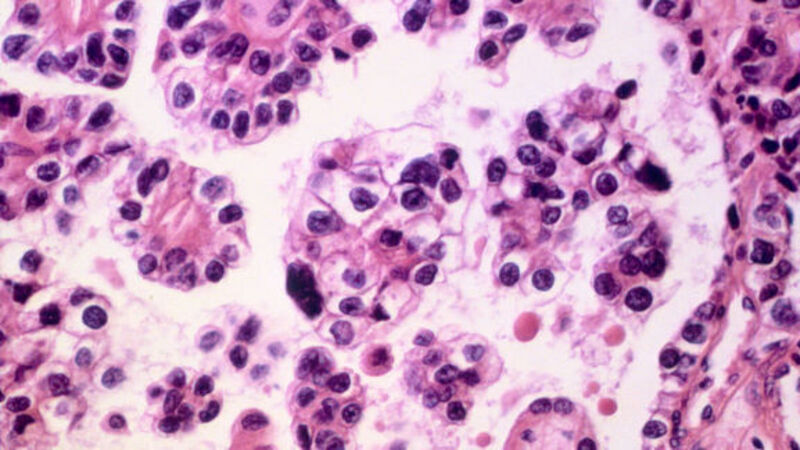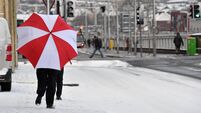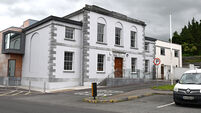Rate of cervical cancer 120% higher among poorest

That is just one of the statistics in a report by the National Cancer Registry, to be published today, which outlines how age, economic status, and where people live impacts on how cancer will affect them.
The report, which focuses on the patients diagnosed with cancer in 2008-12, looks at how these factors impact the risk of developing and surviving cancer as well as the stage at which it is detected and the associated health conditions.













